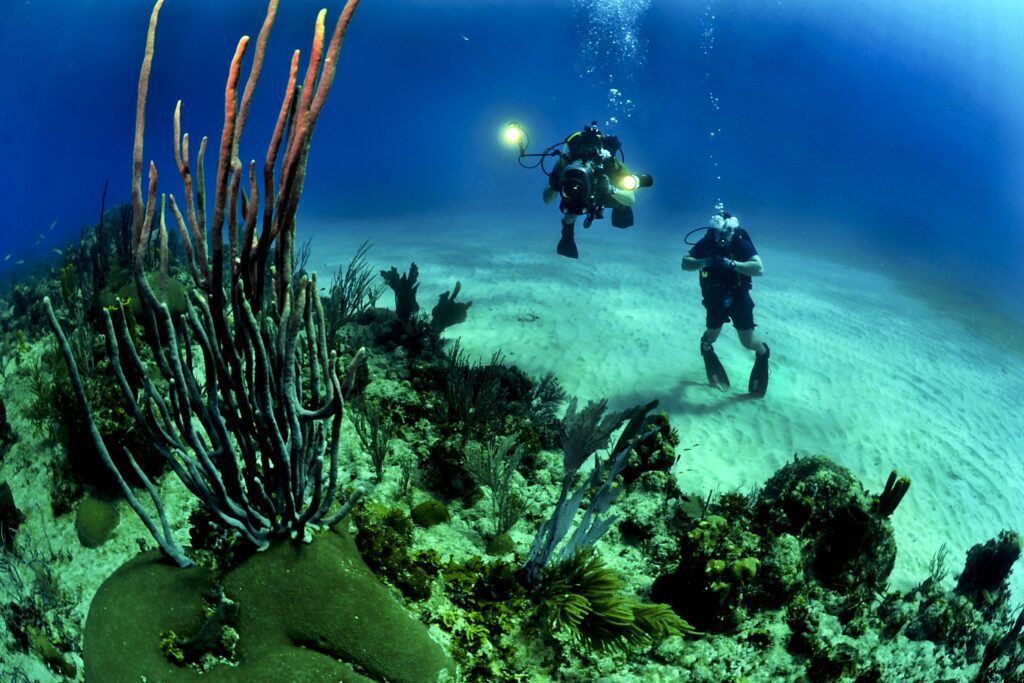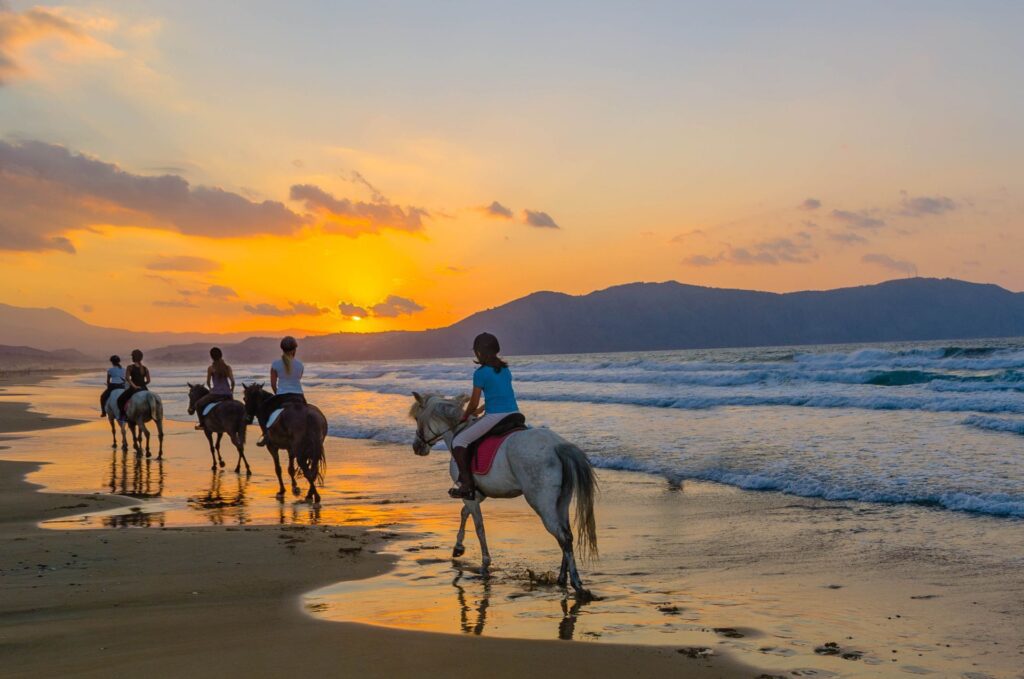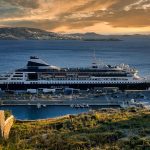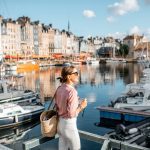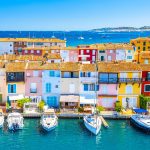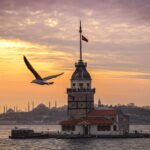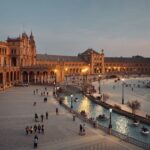Kos , The healing beauty of Hippocrates’ island
Introduction

- NORTH: Long flat coastline with sandy beach and resort areas amongst farmland and wetlands.
- SOUTH: Long sandy beaches nestled behind big mountains, wilder feeling than the north.
- EAST: Kos Town is in the centre of the short east coast with pebble/coarse sand beaches either side.
- WEST: West of Kefalos is a rugged and beautiful peninsula with the quietest beaches.
How to get to Kos Island?
The endless coasts with the turquoise waters, the vegetation, the affluent water springs, the ancient and medieval monuments, as well as the impressive Italian buildings feature Kos island; the third largest island of Dodecanese complex, located just 4 miles away from the Turkish coasts. The name «Kos» probably derives from the daughter of the mythical King Meropas, called Koos.

On the edge of the Dodecanese, Kos is a feast of emotion, experience and excitement. To borrow from the famous American motivators, Canfield and Hansen, it truly is ‘chicken soup for the soul’ , as well as the body and the eye. Tall palm trees, endless sandy beaches, alternating landscapes and numerous archaeological sites and attractions left by ancient Greeks, Romans, medieval knights, Venetians and Ottomans make Kos – or Cos as it is also spelt – more than just a pretty face. Hippocrates, antiquity ’s most noted physician (he of the oath), was born here. Kos is the birthplace of Hippocrates «the father of medicine» (460-377 B.C) and was already inhabited during Neolithic Period (5th – 4th millennium B.C). The Knights of St. John conquered the island during the 14th century, reinforcing the older castles and building new fortifications.
During Ottoman occupation, the island was attacked by several intruders (Knights, Venetians etc), while during Italian occupation (1912-1945) some really important, monumental public buildings were constructed. The island was officially united with Greece in 1948. It extends over a surface of 290 km2; its coastline is 112 km and counts 31,000 inhabitants. Whichever you choose of the aliases Kos has gone by – Meropi, Nymphaia or Karys –this fascinating island in the Aegean will be a prominent entry in your holiday diary from now on
Kos Town

Kos Town is a large and busy town with generous dose of history and good amenities. Although it’s not generally considered one of the most beautiful towns in Greece, Kos has a pleasant harbor area with Neratzia Castle and the striking Italian monuments to one side, a Old Town area nestled in its backstreets, and a surprising number of archaeological sites. Towering palm trees and numerous beaches add to its appeal, as does the excellent cycle path which runs through the town and connects to beaches at either end. It’s a great base if you don’t need to be on the beach all day. The main tourist drag is to the north of the harbor where you’ll find sports bars and cocktails, shisha, fish tavernas, fish spas, gyms, and a lively strip of course sand beach crammed with sun loungers and daybeds. It feels a bit past its heyday but represents good value and a lively atmosphere. South of the harbor the atmosphere is completely different – a pleasant tree-lined promenade runs as far as the yacht marina. The streets are leafy and residential, and most of the island’s many hospitals are tucked away in the backstreets.
Festivals
Of high interest are the religious feasts and folklore celebrations in Kos reviving some of the island’s old customs and traditions. Part of Kos folklore legacy is shown through the charming events which are organized to honor the patron saints and attract many visitors.
Religious festivals
- August 29th
On 28th of August, the feast of Agios Ioannis is celebrated in Mastichari village. - April 23rd
On the 23rd of April, locals celebrate the name day of Agios Georgios in Pyli village. On that day there are horse races in Afendiou and plenty of food.
Cultural events
- Wine Festival
In the first week of August, a wine festival is held in Mastichari village. - Hippokrateia Festival
Hippokrateia Festival is the most important cultural event in Kos island organized by the local municipality. The reading of the Hippocratic oath marks the beginning of the festival which is focussed in all forms of art including concerts, theatrical performances, folklore exhibitions, ancient tragedies, sculpture workshops, traditional dances and many activities for the children.
Kos Island Culture and Tradition

The long-term occupation of Kos by foreign conquerors until the recent past (1948) has affected the character and the cultural education of the residents. Meanwhile, the local culture was strongly influenced by agricultural and livestock occupations of the residents predominated until the 70s. In recent years, the development of Kos in the field of tourism and the need to offer tourists cultural events, in relation to the interaction between the locals and tourists enriches the local island culture with foreign, mainly western influences. Music and dancing are the main cultural activities of the residents associated with the tradition, the orthodox faith and the seasons of cultivation and harvesting of products.
Importantly, these arts of traditional dances and songs and Byzantine music is not presented by a few performers, but is an element of collegiality of the residents that are actively involved in dozens of fairs and church festivals, weddings and family and educational events. At the same time, dozens of clubs preserve tradition and public and private schools transfer knowledge in young children. In recent years the arts of painting, theater, ceramics and brass musical instruments developed. A significant share of the culture of Kos is covered by the occupation of the inhabitants with ancient history, particularly with what is associated with the Hellenistic era and Hippocrates. Big part of the cultural activities of the island is presented to the residents and tourists in the rich program of cultural events of “Hippocratia” of the Municipality of Kos, where often all attendees are involved.
Wedding Ceremonies
What to do on Kos
Hippocrates’ Asclepeion, a holistic healing centre Just 4km northwest of the town of Kos, on a verdant hill with a spectacular view, you ’ll discover one of Greece’s most important archaeological sites, the Asclepion. A holistic healing centre, it contained infirmaries, temples, hot springs, hostels, a school for physicians and much more. In the 3rd and 2nd century BC, the Asclepion of Kos became the third most important institution of its kind in the ancient world, following guidelines set down by native son Hippocrates, the father of modern medicine. It’s worth making time in your holiday itinerary to visit it.
The Medieval Castle
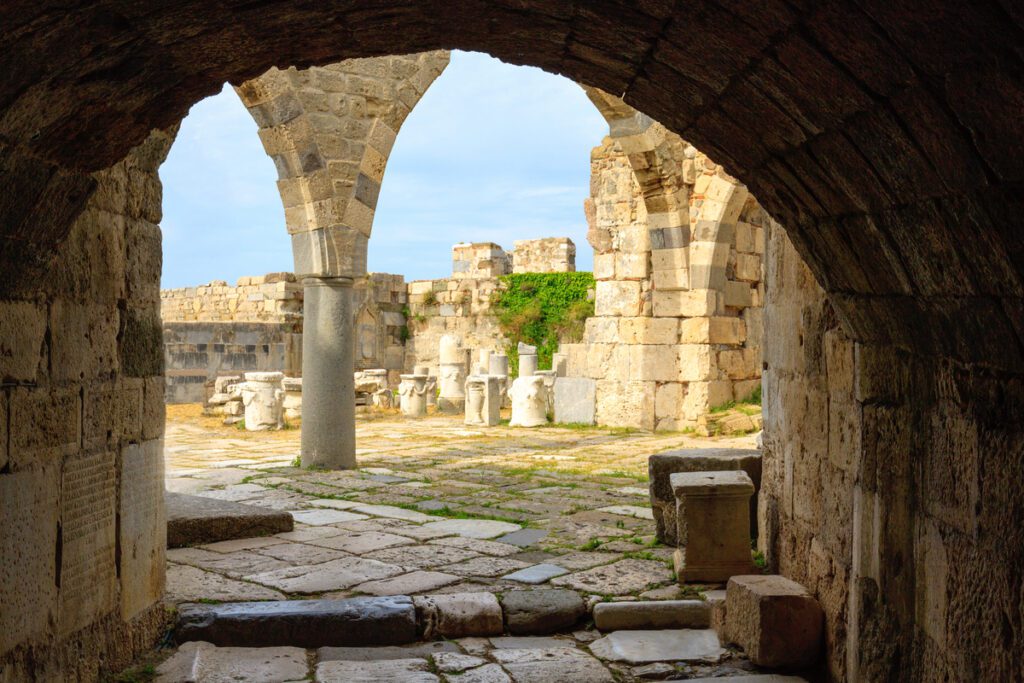
The Medieval Castle (Nerantzia castle). It is located in the entrance of the port, in a place probably fortified during the Byzantine period (7th century). You can see the internal fence which has four round towers and the external one with its massive bastions. The two surrounding walls are interconnected with a bridge, which is constructed above the moat which separates the walls.
The Eleftheria Square
The Eleftheria Square [Liberty], which is considered to be the center of the contemporary city. It is surrounded by three massive buildings inherited from the Italian era: The municipal market, the club (which was called Fascism Palace) and theArchaeological Museum (with a prehistoric collection, statues, mosaic floors taken from the Roman buildings of the ancient city), an imitation of roman spas. At the end of the square is the Defendar Mosque.
The ancient city
The ancient city, which used to be the capital of the island since 366 B.C. You can see the market, the Hellenistic Doric temple, Dionysus’ altar, the port sanctuary and stoa [arcade], Hercules’ sanctuary, the ruins of the wall’s north part, the roman baths, the luxurious roman mansions with the reach mosaic floors, the roman resident as well as the roman conservatorium with a capacity of 750 seats.
Ottoman Mosques
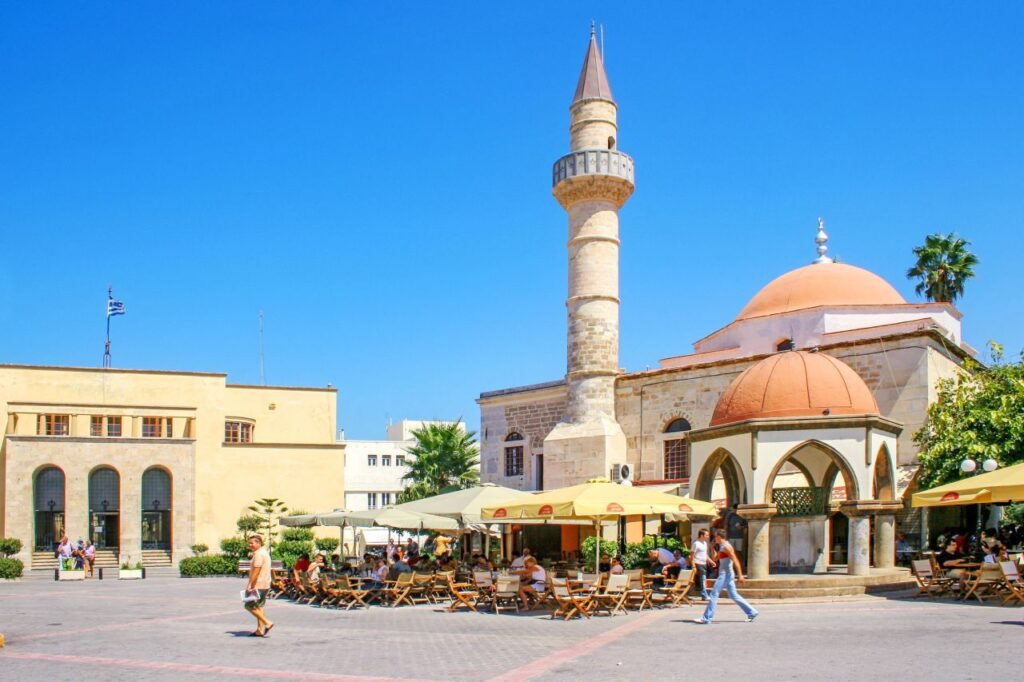
The Ottoman Mosques of Kos, in the Dodecanese: The rich history of Kos, and all Dodecanese islands in general, has vividly left its mark on the architecture of the islands. That is the case with the mosques of Kos Town, strong reminders of the Ottoman rule on the island, that lasted for about four centuries, from 1523 to 1912. Today, two Ottoman mosques survive time in Kos Town and they can be seen in the center of the city. Although they do not operate today, they remain as historical and architectural landmarks of the past. The Mosque of Nefterdar in Eleftherias Square was built at the end of the 18th century and it remains a typical sample of Islamic architecture. Some restoration works are done to preserve this historical monument. In a walking distance from Nefterdar Mosque, there is Hanji Hasan Mosque with a huge and impressive minaret. Built in 1786, this mosque is located in Lotzia square, behind the plane tree of Hippocrates, and it has two floors.

Hippocrates’ Plane tree, right across the Lotzia Mosque. It was beneath the shadow of this tree that the great doctor used to teach his apprentices and examine his patients, therefore the tree is more than 2,500 years old! The periphery of its trunk is more than 10m and its gigantic branches shadow the whole square.
Kos is the island of the bicycle

The bicycle path of Kos starts from Faros beach and extends to the end of the beach of Psalidi, a distance of about 13 km ( ! ) . With many side roads, some of which lead into the city of Kos, one can go wherever he wants, just by having a bike. The locals that prefer this means of transportation to go to work, the beach, the cafeteria or just a stroll in the beautiful city are a lot. Beyond routes in the city of Kos , there are many more, mountainous , with dirt road, overlooking the nature in one side and the panoramic view of the island of Kos on the other , and other with paved road but with limited traffic, that can lead to beaches and villages , just like the one that starts from the town of Kos, crosses Tigkaki and reaches the village of Marmari and its beautiful beaches. On the island there are dozens bike rental shops, with bikes for all tastes and ages – from road bikes to mountain bikes and tandem ( for two riders ) . It is advisable to ask for the necessary equipment, such as helmets and gloves. The islanders are familiar with the bicycle riders, but it always necessary to pay attention in driving, signaling and traffic lights. Cyclists should comply with the priority signs and keep the necessary distance from all vehicles.
The Asklipieio
The Asklipieio [Aesculapium- infirmary] , located approximately 3.5 km SW away from Kos’ town and used to be the most famous Aesculapium of the entire Greece. It was built in 4th century, after the death of Hippocrates. Among other sites, it is worth visiting the stoa [arcade], the complex of roman spas, the altar dedicated to the Sun, Imera [Day], Hecate, and to Machaona (son of Aesculapius), the ionic temple of Aesculapius, the big Doric peripteric [rectangular] temple of Aesculapius (170-160 B.C).
Open Air Cinema
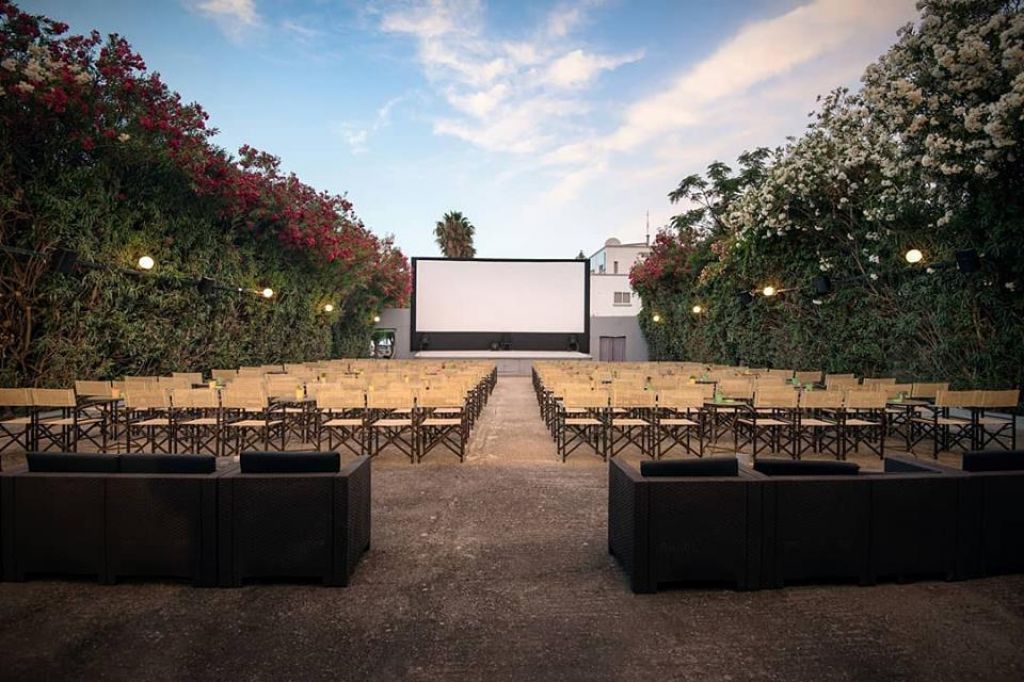
During your vacation in Kos, it really worths visiting Cine Orfeas, especially if you are a movie addict! Cine Orfeas is a spacious and comfortable open-air cinema, situated in a beautiful location. Enjoy the best movies under the summer starry sky!
Kos Scuba Diving
Discover Kos sandy beaches
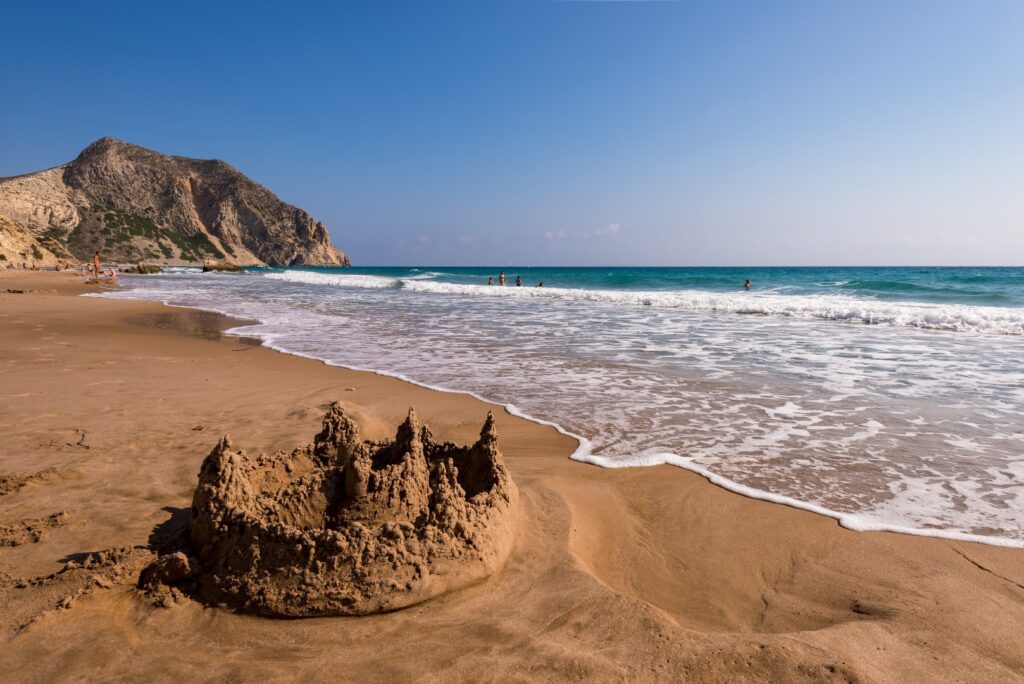
The island has several sandy coasts. The beaches in the north side of the island are more affected by winds. Most of the coasts underwent touristic development and have easy access and various services. Some of the most visited beaches are: Nomikou-Barbagianni sandy beach extending from the city of Kos to the surrounding areas. It is an organized beach with umbrellas and deck-chairs, water sports, restaurants and bars. Zourouni sandy beach is an organized beach with umbrellas and deck-chairs, water sports, bars and loud music. Nautical Club beach with fine sand is awarded with the European Union blue flag. Milos beach with fine sand, which is also awarded with European Union blue flag. There is a coastal bar with loud music and frequent concerts.
- Lambi beach has small rocks followed afterwards by fine sand. It is a beach that usually has waves.
- Karnagio beach is located in a quiet area, with fine sand and shallow waters.
- Psalidi beach, with rocks, that makes it ideal for spear fishing. There are restaurants and taverns here.
- Aghios Fokas beach is located in a quiet area with black sand and steep depth.
- “Esperides” beach with thick sand and peddles located in a quiet area.
- Thermes beach with abrupt depth surrounded by steep rocks. There you can find warm thermal spas.
In the north side of the island you will find Tigkaki beach with white sand and shallow waters awarded by the EU with blue flag. It is an organized beach with umbrellas and deck-chairs, water sports, restaurants, taverns and bars. It is ideal for wind surfing.
- Marmari beach with fine sand and shallow waters is also awarded with blue flag by the EU. You will find there many coastal taverns.
- “Tam-tam” beach just before Mastichari with fine sand. It is an organized beach with umbrellas, deck-chairs and water sports, ideal for wind surfing.
- Limnionas beach with fine white sand and usually wavy waters.
In the south side of the island you can swim in:
- Kardamena beach with fine sand and shallow waters. It is an organized beach with umbrellas and deck-chairs, water sports, restaurants and bars.
Do you need a travel quote ?
Our team of experienced travel specialists can organize your unforgettable vacation in Greece! Please send us a request and we will rapidly answer you with a free quote!

